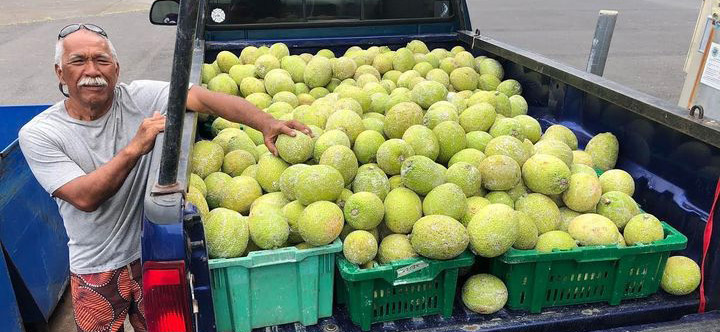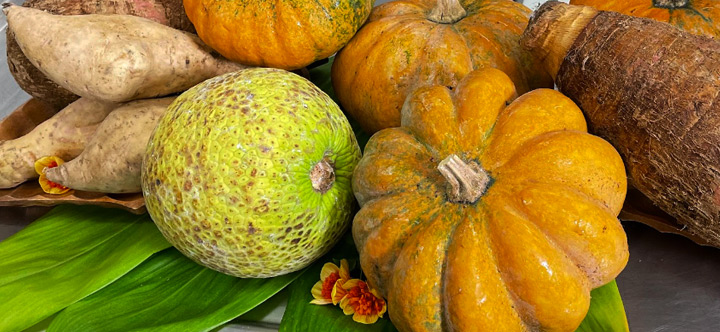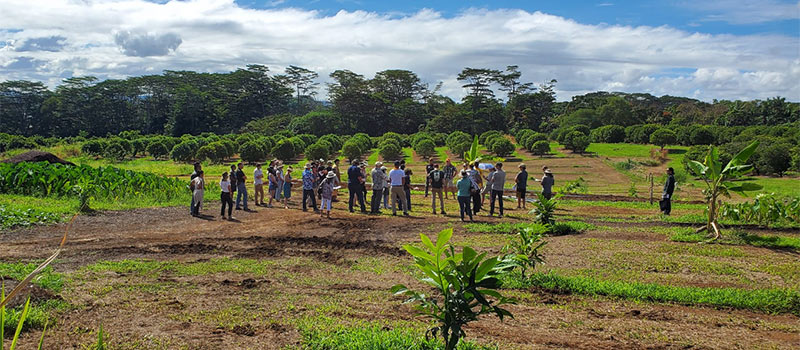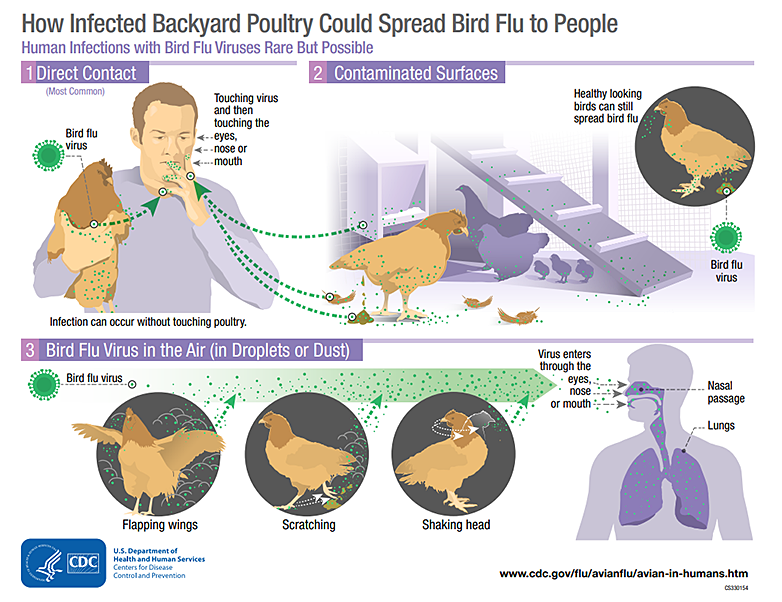 |
| County Council member Michelle Galimba invites the public to ceremonies on Monday. |
https://www.rd.hawaiicounty.gov/funding-grant-
resources/impact-grants. Call 808-961-8366.
The County Councilʻs Waiwai grants are also open with a submission deadline of Jan. 31. The purpose of these County of Hawai‘i Nonprofit Grants-in-Aid is to support qualified nonprofit organizations to carry out programs or services that yield direct benefits to the public and accomplish public purposes within the County of Hawai‘i. Each organization is permitted to submit a total of two applications. Each application is limited to a request of up to $50,000.
See https:/haiicounty.gov/Forms/NPGrantApplication.
Also available is the second round of the Expanding Agroforestry Project grant program, co-managed in Hawai'i by The Nature Conservancy and the Ulu Cooperative. See https://ulu.coop/eap
To read comments, add your own, and like this story, see facebook.com/kaucalendar. See upcoming events, print edition and archive at kaunews.com.
 |
| Planting ulu is one of the possible elements of an agroforestry plan. Funding is possible through the Expanding Agroforestry Project, managed in Hawai'i by The Nature Conservancy and the Ulu Cooperative. Photo from Ulu Cooperative |
The program is funded through the USDA’s Partnerships for Climate-Smart Commodities initiative.
 |
| Food from trees and plants on the ground grow together in agroforestry. Photo from Ulu Coop |
TNC, which is responsible for grant administration, has selected the Hawaiʻi ʻUlu Co-op to be its lead partner managing projects in the Hawaiʻi region. There are five other regions on the Continental U.S. which each have their own lead partner helping to expand financing and develop markets for agroforestry commodities.
An in formational Webinar held on Friday can be viewed at:
https://us02web.zoom.us/rec/componentpage\action=viewdetailpage&sharelevel=meeting&useWhichPasswd=meeting&clusterId=us02&componentName=need-password&meetingId=ubF8L4PE7Sf4S8-Td1Lf7SXqBH8BvXcYvuiZWwEcapptVFFhKz1QzvDeeNbK6w.uT0Jvl9VydoO5UCF&originRequestUrl=https%3A%2F%. Use code q.doy3Mi.
 |
| Agroforestry is distinguished from monocropping. It has a variety of trees and accompanying plants. Photo from the Ulu Cooperative |
To read comments, add your own, and like this story, see facebook.com/kaucalendar. See upcoming events, print edition and archive at kaunews.com.
THE WINTER SHOWCASE AT KAʻŪ HIGH & PĀHALA ELEMENTARY SCHOOL will be held Wednesday, Dec. 11 from 9:15 a.m. to 12:25 p.m. Program Coordinator Jennifer Makuakāne said, "Weʻre excited to announce the return of our 2nd Annual K-12 Winter Showcase here at Kaʻū High Pāhala Elementary School! Please join us as our students proudly present their work, projects and
achievements across all grade levels."
Here is the schedule: From 9:15 a.m. - 9:45.a.m., check in at Herkes Kaʻū District Gym Multipurpose Room. From 9:45 a.m. - 11:35 a.m,. visit Grade 7-12 Showcase Classrooms. From 11:35 a.m. - 12:25 p.m., visit K-6 Showcase Classrooms.
Makuakāne shared that the Showcase Learning Intentions are to:
Provide students an opportunity to practice their presentation skills and demonstrate their learning.
Create opportunities for students to share their class projects with other students, community partners, and family.
Build pride students, school, and community by showcasing student and school projects done in collaboration with the community such as project-based learning, technology integration, and other real-world projects.
Practice and prepare for Capstone presentations in grades 6, 8, and 12.
To RSVP, complete the sign-up form by Monday, Dec. 9 at: bit.l.y/24SSCOM. The school encourages its community partners and members to extend the invitation to three or more individuals to attend the Showcase. Contact Makuakāne at (808) 313-4141.
VOLCANO WATCH: WHAT SOUNDS THE AUTOMATED ALARMS AT HVO? That's the focus of
this week's column written by USGS Hawaiian Volcano Observatory scientists and affiliates:
The USGS Hawaiian Volcano Observatory (HVO) keeps its eyes on active volcanoes in many ways. While old fashioned eyes and a notebook are used when field teams are near a volcano, modern volcano observatories also utilize rapidly collected data and computers to support monitoring.
Because it can be very expensive to have scientists watch the volcano data streams on a 24-hour basis, HVO computers are ‘trained’ to look for activity and alert when the volcano is changing or becoming active. They look at a wide array of observations including seismic (ground shaking), infrasound data (air pressure), ground deformation, as well as camera image assessments.
As the data from these systems enter a computer, they can be assessed as close to the time of collection as possible. If an observation is unusual, the computer can send a message to make a scientist aware at any time of the day or night.
At the core of many alarm systems is an often-simple computer program which looks for a change in energy from shaking of a seismometer or a burst of sound on an acoustic sensor. If the sensor is usually quiet and then the burst of energy occurs, then this can be detected by the computer which can send an automated message to a scientist. This type of energy burst detector is called a short-term average/long-term average (STA/LTA) detector.
 |
| Example plots of STA/LTA alarm on infrasound data for four possible alarm scenarios. A shows detection of a real eruption, B shows a false detection of non-volcanic change, C shows failure to detect a real eruption amid noisy data, and D shows no detection of any event of interest. USGS images |
During eruptions, changes in the air pressure are recorded on sound detecting sensors (like microphones), called an infrasound or acoustic array. The figure shows how a successful detection of an eruption might work using infrasound data and how the system may fail to detect an eruption.
The first image (A) shows an eruption that creates pressure changes recorded by the sensor. The detection (marked by a red arrow) would be easy to determine using an STA/LTA method, discussed above and shown as the grey and red bar at the bottom of panel A. The long-term average (grey bar) is a period before the eruption and the short-term average (red bar) shows when the eruption energy is strong. In this case, the STA is much bigger than the LTA and we can set the computer to send a message when this specific condition occurs.
If we next consider the same sensor which has detected another burst (B), but this burst came from a non-eruption source (say a car, a helicopter or another event away from our volcano). In this case, the volcano scientist might be alerted by an event that wasn’t volcanic (a false detection). Next, we show a cartoon example where we have introduced wind noise (C) into the same eruption recorded in (A). In this case, the wind would be so strong that the eruption can only just be seen in the data by the naked eye but may not be visible to the computer’s STA/LTA detector. In the final example wind noise was added to the example which may have been a car or helicopter but not an eruption (D); in this case the non-eruption can only barely be seen in the data and was not detected by the STA/LTA detector.
The cartoon figures show four possible outcomes that can be used to assess how good an alarming system performs. They include: 1) detection of a real eruption (A), 2) a false detection of non-volcanic change (B), 3) failure to detect a real eruption (C) and, 4) not detecting any event of interest (D).
These four examples show how HVO scientists can assess the performance of our alarm systems to improve detection of volcanic events and minimize the detection of noise or other activity. The four examples coincide with the concepts of test conditions for alarms using the terms: true-positive (A), false-positive (B), false-negative (C) and true-negative (D). A good alarm system should include true-positives (volcanic events) and true negatives (non-volcanic events) and try to minimize false-positives and false-negatives. Too many false alerts equate to unnecessary loss of sleep during quiet periods for a volcano. In summary, alarm systems are an important and evolving part of HVO operations and are an example of how computers and technology are incorporated in monitoring.
To read comments, add your own, and like this story, see facebook.com/kaucalendar. See upcoming events, print edition and archive at kaunews.com.
Volcano Activity Updates: Kīlauea is not erupting. Its USGS Volcano Alert level is ADVISORY.
Over the past week, earthquake rates beneath Kīlauea summit and upper East Rift Zone were more than double that of the previous week. About 100 earthquakes were located beneath the summit, and about 226 were located in the upper East Rift Zone. Earthquake rates beneath the middle East Rift Zone were on par with the previous week. Ground deformation rates in the summit region showed increased inflation over the past week, while ground deformation rates near the September 15-20 middle East Rift Zone eruption site have slowed. Future intrusive episodes and eruptions could occur with continued magma supply.
Mauna Loa is not erupting. Its USGS Volcano Alert Level is at NORMAL.
Three earthquakes were reported felt in the Hawaiian Islands during the past week: a M3.1 earthquake 6 km (3 mi) SSW of Volcano at 1 km (1 mi) depth on Nov. 27 at 2:19 p.m. HST, a M3.5 earthquake 75 km (46 mi) ENE of Honomū at 32 km (20 mi) depth on Nov. 27 at 12:29 a.m. HST, a M3.1 earthquake 2 km (1 mi) SSW of Pāhala at 30 km (18 mi) depth on Nov. 22 at 2:02 p.m. HST.
HVO continues to closely monitor Kīlauea and Mauna Loa.
Visit HVO’s website for past Volcano Watch articles, Kīlauea and Mauna Loa updates, volcano photos, maps, recent earthquake information, and more. Email questions to askHVO@usgs.gov.

.gif)
.JPG)
.jpg)
.jpg)



.jpg)





.jpg)
.png)






.JPG)





.JPG)
.gif)